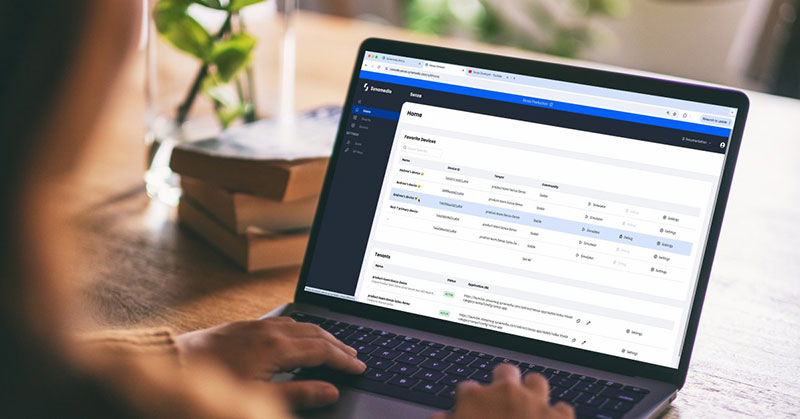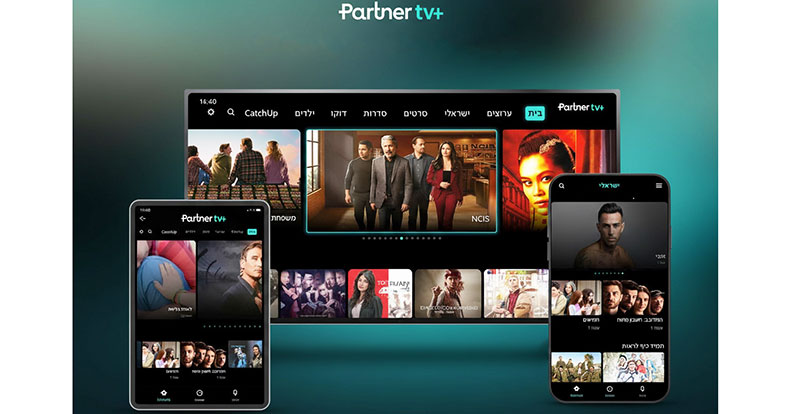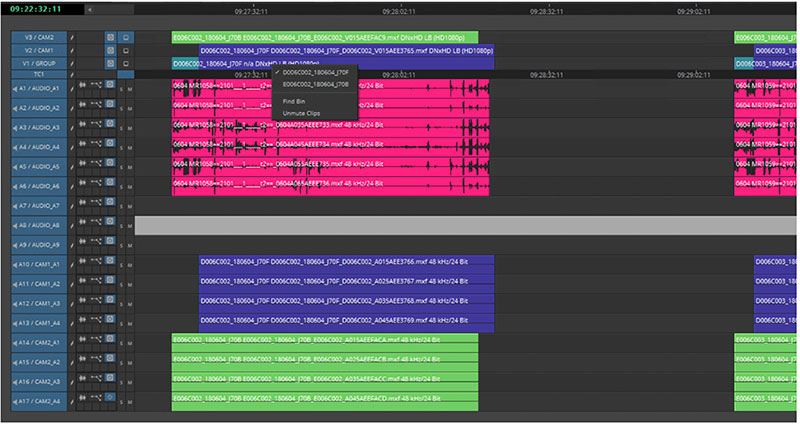Senza moves the user experience from devices into the cloud, where operators use an HTML5 interface to launch and update their services, accessing optimised, low latency video protocols.

Synamedia’s new Senza software platform gives service and content providers a new way to deliver TV that changes the economics of reaching viewers.
Senza was developed to overcome the limitations of older, underpowered on-premise devices, including connected TVs and streaming sticks. Such devices are not only inclined to use resources inefficiently, but can also restrict viewers’ options and compromise service providers’ ability to reach the audiences using them.
Senza moves the user experience from devices into the cloud, where operators can use an HTML5 interface to quickly launch new services – for example, a free, low-cost or premium service. It also helps operators present a more personalized user experience that can include immersive graphics and creative elements.
Senza separates the rendering of the user experience from the device, placing it in the cloud, and improves the user experience by using low latency video protocols that are optimised for graphics applications.
Cloud Connector
Senza combines a very small, affordable device for the viewer, called a Cloud Connector, with low latency streaming techniques and cloud-hosted GPUs. This set-up can deliver content to TVs of all types by turning screens with an HDMI input into ‘smart’ displays. All graphical aspects of the service, including the user interface, are delivered to the Cloud Connector as a video stream.

In other words, the Cloud Connector doesn't run apps directly on the viewer’s device. Instead Senza runs an app in a browser from the cloud, streaming the UI to the Cloud Connector as a low latency video stream. This approach – which no longer relies on the device's hardware capabilities to render the user interface – opens up the processing power of the cloud and a much wider number of options.
Initial setup and configuration can al be handled using an Android or iOS app, and takes only a few minutes. When video playback starts, The Connector does not need a different type of video stream – Senza uses the same DASH streams as other streaming devices.
Write Once, Run Everywhere
By allowing operators to ‘write once and run everywhere’, Senza takes an approach that has normally been unavailable to TV service developers, but is typical for Internet developers. Through Synamedia’s work with Google Cloud, Senza accesses the common framework of the Internet, removing the need to download apps or replace outdated in-home devices. Google Widevine L1 has been implemented for security.
Broadband providers and ISPs can use Senza to differentiate their consumer services by adding a new video service while keeping up-front investment to a minimum. One of its early adopters, SuperCloud International, a pioneer in streaming and television, will use Senza to deliver its consumer in-home streaming service, UMAXX.TV, which offers over 350 live TV channels via a military-grade, proprietary 5G network. UMAXX opted to add Senza to its hardware offering because of its reliability and cost advantage.
Going Forward

Synamedia also believes their new approach has the potential to enable dynamic user experiences and new business models, and to lower operational costs. As well as integrating directly with users’ existing video delivery infrastructure Integration, further integration possibilities exist, for instance, with generative AI and other web services.
Developer, reseller and partner programs will be able to extend Senza's reach and applications. The company anticipates that, as the power of cloud compute increases, the integration possibilities will grow and the experiences surrounding them can improve over time to affect content delivery in homes, hospitality and health care businesses and digital signage.
By building the managed platform around a Cloud Connector that uses low-cost silicon, Synamedia has achieved a base component cost device price of about $6 that will fall with volume, and an ability to free license the hardware design and device software to third party OEMs in 2025. www.synamedia.com




















